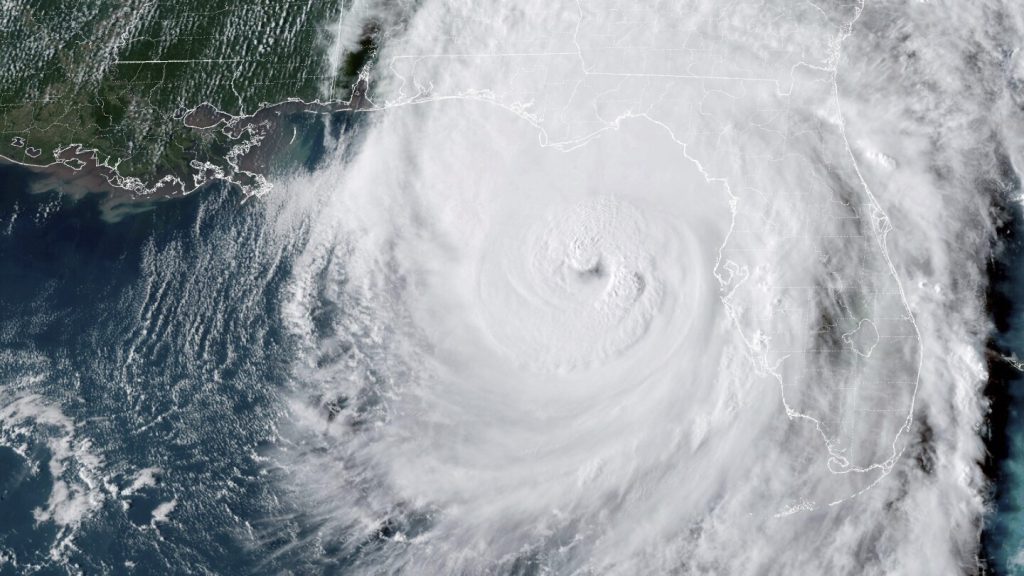Massive Hurricane Helene hit Florida’s Big Bend region before moving on to southern Georgia, causing at least 40 deaths and leaving a trail of destruction in its wake. The storm weakened to a tropical depression over the Carolinas with maximum sustained winds of 30 mph, and is expected to continue to weaken as it moves north towards Kentucky. Helene made landfall near the mouth of the Aucilla River in Florida with wind speeds of 140 mph, causing widespread damage reminiscent of Hurricane Idalia’s impact last year.
Evacuations were ordered in Western North Carolina as the storm approached, with areas like Cruso, Clyde, Canton, and lower-lying parts of Waynesville being affected. Airports in Florida that closed due to Hurricane Helene reopened on Friday, with some reporting flight cancellations and delays. Airports in Atlanta and Charlotte, North Carolina, remained open but also experienced cancellations and delays. The storm also caused road closures and bridge inspections in Florida, with crews working to clear debris and ensure safe passage.
Power outages affected millions of customers across several states, with North Carolina and South Carolina experiencing the highest number of outages. Georgia and Florida also reported significant power outages, leaving nearly half of South Carolina’s homes and businesses without electricity. Crews of linemen were prepared to start restoring power once the winds from Helene subsided. Flooding and storm surge were reported along Florida’s coast before the storm even made landfall, with waters rising rapidly in places like Fort Myers and Hillsborough County, where rescue operations were needed to help people stranded by flooding.
Storm surge, the rise in sea water above normal levels, caused extensive flooding in areas like Cedar Key, where homes, motels, and businesses were inundated. The storm surge combined with strong winds led to damage in various locations, including the fire rescue building in Cedar Key. Hurricane strength is typically measured using the Saffir-Simpson Scale, which assigns a category based on the storm’s sustained wind speed, with Category 5 being the strongest. Overall, Hurricane Helene left a path of destruction across Florida and Georgia, highlighting the need for preparedness and response measures in the face of natural disasters.


